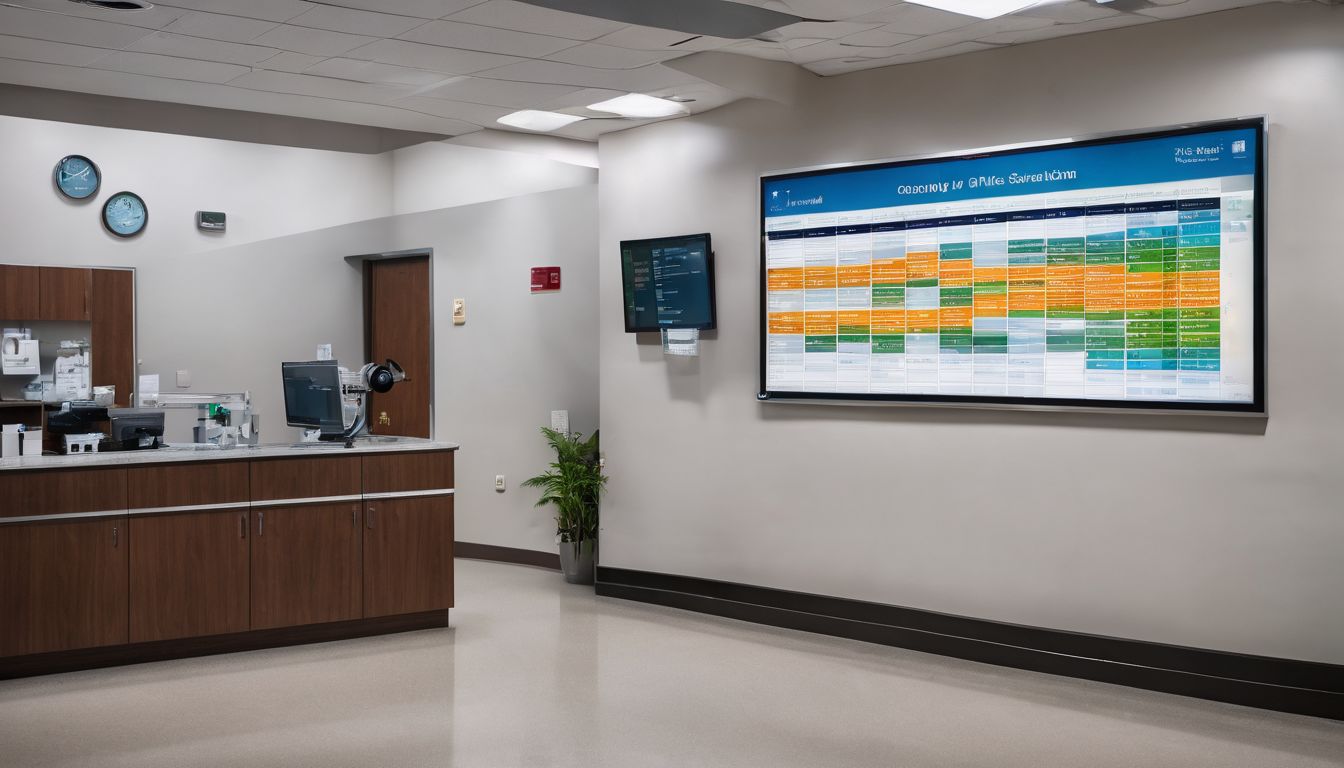Effective project management is crucial for achieving organizational goals and maintaining competitive advantage in today’s fast-paced business environment. Collaboration-driven project management software has become an effective instrument for raising team output through improved coordination, communication, and transparency. Through the integration of several functionalities into a unified platform, these solutions facilitate enhanced teamwork and enable prompt resolution of issues.
Collaboration-driven project management software is the game-changer that transforms chaos into cohesiveness in a world where project deadlines loom and team interactions may make or break success. These solutions revolutionize how teams approach their projects by combining communication, task management, and real-time collaboration into a single platform. This increases productivity and streamlines processes like never before. By offering concise, timely updates and feedback, they also aid in mitigating the problems associated with insecure design by making sure that possible vulnerabilities are found and fixed before they become serious concerns.
This article explores how collaboration-driven project management software benefits teams and examines some leading examples used by large organizations.
Benefits of Using Collaboration-Driven Project Management Software
Collaboration-driven project management software offers a range of benefits that directly contribute to increased productivity. Here are the advantages:
1. Streamlined Communication
Effective communication is essential for successful project execution. By centralizing communication channels, collaboration solutions lessen the need for disjointed emails and meetings. Real-time messaging and notifications are among the features that guarantee team members stay informed about project progress, facilitating prompt decision-making and issue resolution.
2. Improved Coordination
These tools, which aid in workflow organization and responsibility clarification, frequently include shared calendars, task allocations, and project timetables. By giving team members a clear understanding of who is in charge of what and when, they may better coordinate their efforts and prevent work from being done twice.
3. Enhanced Document Collaboration
Multiple users can work on files at once thanks to document-sharing features found in many collaboration-driven project management solutions. By doing this, version control problems are resolved, and it is guaranteed that all users will be working with the most recent data.
Tools like AI helper enhance communication by automatically capturing meeting notes and action items, ensuring all team members are aligned and informed. Collaboration on project deliverables runs more smoothly when real-time editing and feedback options are available.
4. Increased Transparency
Dashboards and reporting features provide visibility into project progress, team performance, and potential bottlenecks. This transparency promotes accountability and overall efficiency by enabling data-driven decision-making and project health monitoring.
5. Flexible and Scalable Solutions
The scalability of collaboration tools allows team members to adapt to changing project requirements and accommodate teams of different sizes. Because of its adaptability, the program will continue to function well even when teams expand, or project scopes alter.
Examples of Collaboration-Driven Project Management Software Used by Big Companies
Asana
Asana is a popular project management solution that makes collaboration easier with its task management, project tracking, and communication tools. Asana is used by big businesses like NASA and Airbnb to manage intricate projects, organize teamwork, and monitor progress in real time. Because of its rich feature set and user-friendly interface, it is a popular choice for companies looking to improve efficiency and optimize project workflows.
Microsoft Teams
Microsoft Teams provides an all-inclusive platform for collaboration by integrating with Microsoft 365 applications. It has task management, file sharing, video conferencing, and chat features. Microsoft Teams is used by organizations like Accenture and Deloitte to improve communication and teamwork among their international teams.
Its smooth interaction with other Microsoft programs makes it an effective tool for project management and enabling remote work.
Trello
Trello manages tasks and projects using a visual board and card system. Teams can assign tasks, set due dates, and monitor progress thanks to its straightforward yet functional UI. Because of Trello’s user-friendly interface and adaptability for handling both small and large tasks, major corporations like Google and IBM have embraced the platform.
Trello may be customized for a wide range of project management requirements and can be integrated with other applications.
Conclusion
Project management software that is focused on collaboration is essential for increasing team productivity since it improves coordination, communication, and transparency. These solutions aid in team alignment and productivity by centralizing project data and enabling real-time communication. Prominent corporations have demonstrated the efficacy of leading platforms such as Asana, Microsoft Teams, and Trello in project management and team performance enhancement. Leveraging collaboration-driven project management technologies will remain crucial for attaining effective project results and preserving a competitive edge as firms continue to navigate an increasingly dynamic work environment.
Frequently Asked Questions
1. How do collaboration-driven project management tools enhance productivity?
Collaboration-driven project management tools enhance productivity by streamlining communication and coordination among team members. These tools typically offer features such as real-time messaging, shared calendars, task assignments, and document collaboration. By centralizing project information and facilitating seamless interactions, team members can stay aligned on goals, deadlines, and progress. This reduces the time spent on back-and-forth communications and minimizes misunderstandings, leading to more efficient task execution and quicker problem resolution.
2. What are some key features to look for in a collaboration-driven project management tool to boost team productivity?
○ Real-Time Communication: Integrated messaging or chat platforms to provide real-time conversations and updates.
○ Task Management: Task creation, delegation, and monitoring tools with priority and deadlines.
○ Document Collaboration: Shared workspaces or the ability to edit documents to facilitate simultaneous file editing by several people.
○ Activity Tracking: Reports or dashboards that show the status of a project and the performance of the team.
○ Integration Capabilities: Workflows can be streamlined by connecting to other platforms and applications (such as email, calendars, and file storage).
3. Can collaboration-driven project management tools help with remote team management?
Yes, managing remote teams is made especially easier with collaboration-driven project management systems. They provide capabilities like shared papers, virtual meetings, and collaborative workspaces that aid in bridging the gap caused by physical distance. Because these solutions facilitate asynchronous communication, team members can participate and keep informed even when they are in different time zones. The centralization of project information and communication facilitates remote team members’ engagement with colleagues and insight into project status, hence mitigating the negative impact of remote work on productivity.




